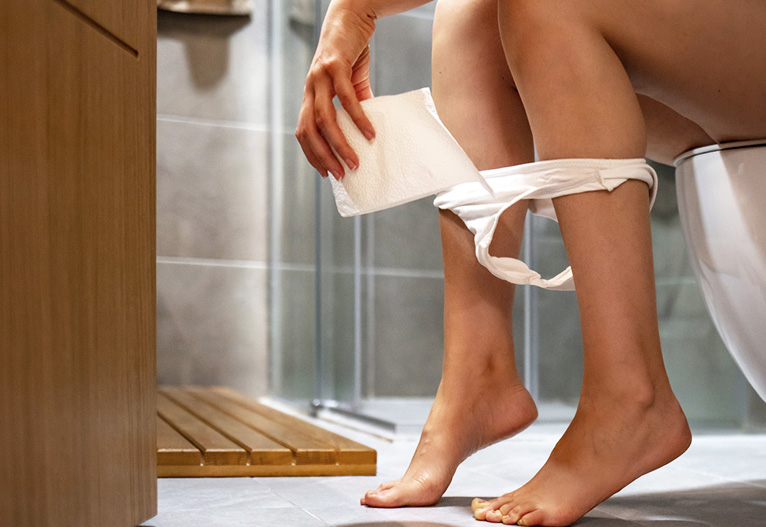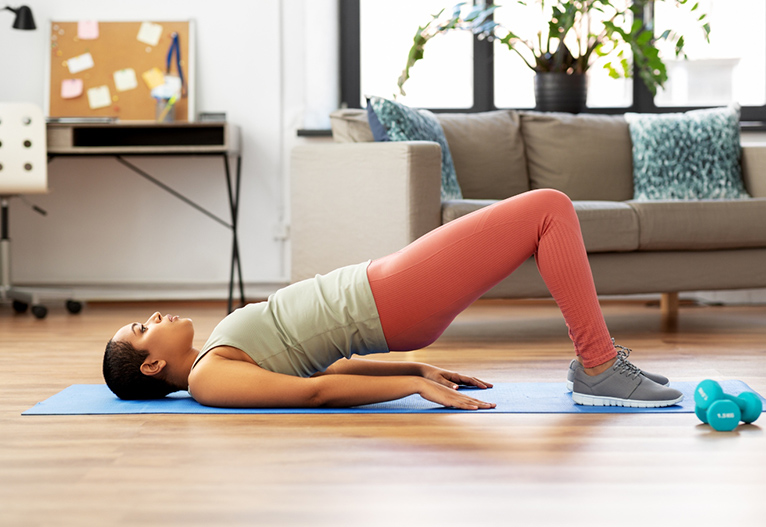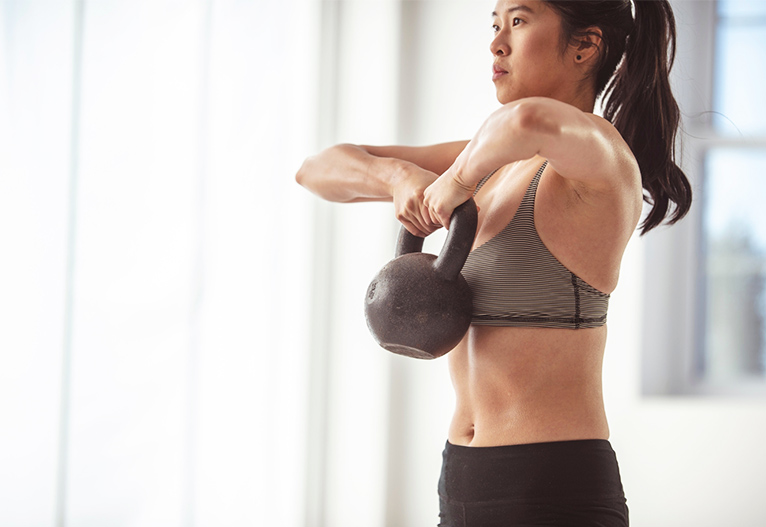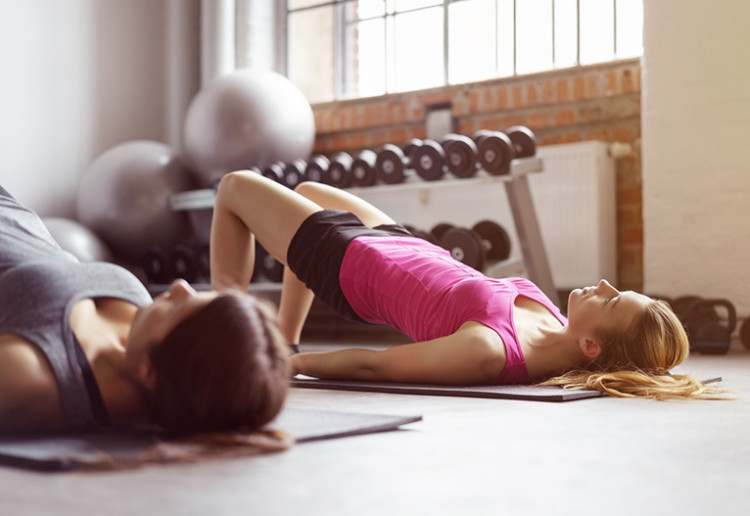Many women unknowingly make mistakes that can hold their bodies back. A physio expert shares what not to do and how avoiding these habits can protect your health.

Nursah Katkak is a skilled physiotherapist, Pilates and yoga instructor with a passion for women’s health. Valedictorian of her physiotherapy program in Türkiye and her Master’s class at Swinburne University, she has a keen interest in movement disciplines that has led her to study yoga and mat and reformer Pilates instruction. With experience running her own clinic, Nursah specialises in musculoskeletal injury, Pilates, pelvic floor rehabilitation and sexual health therapy at The Alignment Studio.

As a women’s health physio at The Alignment Studio, I see women of all ages experiencing pelvic floor and sexual dysfunction, incontinence, pain and prolapse. But, because of the stigma around women’s health issues, many more women suffer in silence, and not just during pregnancy and postpartum.
I’m passionate about pelvic health education, so here are five things I never do as a women’s health physio. I recommend you avoid them, too!
Go to the toilet ‘just in case’

The habit of forcing yourself to do a wee before leaving the house is hard-wired into most of us from childhood. But, take it from a bladder expert, you’re not doing yourself any favours.
I make sure I only go when I need to, not as a preemptive measure. There’s rarely a toilet too far away, and urinating when you don’t need to essentially confuses the brain-to-bladder wiring, impairing the latter’s capacity to hold larger volumes and potentially weakening the pelvic floor muscles.
This means you will need to go to the toilet more and, over time, you may even experience leakage or urge incontinence or develop an overactive bladder.
On a similar note, I make sure I don’t hold on too long either, as this is also unhealthy for your pelvic floor.
Forget to eat fibre

To keep things moving along nicely, I make getting enough fibre a top dietary priority. This means adding a rainbow of fruits and veggies, whole grains, legumes, nuts and seeds to my plate – plus plenty of water.
Fibre helps to promote regular bowel movements, softening stools to prevent constipation. This is important as straining to pass a bowel movement puts pressure on the pelvic floor, which can weaken the muscles and lead to issues such as incontinence over time.
A fibre-rich diet is also beneficial for the gut microbiome and heart health, so make sure you make good friends with fibre.
Skip my kegels

Pelvic floor exercises, or kegels, are as central to my day as my morning coffee. When done consistently, these help to strengthen the muscles supporting the uterus, bladder and bowel, and can help improve issues like urinary leakage, while enhancing sexual function.
I practice my kegels twice a day, either sitting at the lights, on the phone or brushing my teeth. Like any exercise, correct form – lifting rather than pushing down – is more important than the number of reps. And it’s important to note that, while many women will benefit from kegels, if you have a tight pelvic floor or urinary urge incontinence, they should generally be avoided.
A women’s health physio should be your first port of call to assess your pelvic floor function and can help you activate or release your muscles, depending on your specific needs.
Ignore pelvic pain

Women should not have to live with pelvic pain – period. And just because something is common, it doesn’t mean it should be normalised.
Pelvic pain is a clear sign that something is not quite right, so I will always speak to my GP or gynaecologist if something feels off. It can indicate all manner of simple and complex conditions, from pelvic floor dysfunction or tightness to referred musculoskeletal pain, nerve-related pain and gynaecological issues like endometriosis.
Lift without thinking about my pelvic floor

Whether I’m lifting a box, a bed frame or a barbell at the gym, I focus on coordinating my breath and gently engaging my pelvic floor when I need extra support. This helps to prevent issues like prolapse and protects my lower back.
Not sure how to lift your pelvic floor? Start by finding the right muscles – those you would activate to stop a flow of urine. Clench and lift these muscles upwards, as if drawing them towards your belly button, trying to avoid tightening your glutes.
If this is difficult, don’t worry. Strengthening these muscles takes time and repetition. And if you’re not sure about the technique, speak to a women’s health physio and we can teach you exactly how it’s done.
Do you consciously look after your pelvic floor health? We’d love to hear your thoughts below.





-

-
-
BH516504, VIC
- 04 Dec 2025
👍
0 Likes
-

-
-
JH1981, WA
- 06 Oct 2025
👍
0 Likes
-

-
-
sars_angelchik, TAS
- 24 Sep 2025
👍
0 Likes
-

-
-
Meedee, QLD
- 07 Sep 2025
👍
0 Likes
-

-
-
Shilto02, VIC
- 30 Aug 2025
👍
0 Likes
-

-
-
BH519636, NSW
- 30 Aug 2025
👍
0 Likes
-

-
-
Mel R, SA
- 29 Aug 2025
👍
1 Likes
-

-
-
BH517760, NSW
- 29 Aug 2025
👍
1 Likes
-

-
-
BH519636, NSW
- 24 Aug 2025
👍
1 Likes
-

-
-
BH516846, NSW
- 22 Aug 2025
👍
0 Likes
-

-
-
JH1981, WA
- 21 Aug 2025
👍
0 Likes
-

-
-
ChiWren, QLD
- 20 Aug 2025
👍
0 Likes
-

-
-
BH516706, NSW
- 19 Aug 2025
👍
0 Likes
-

-
-
BH516504, VIC
- 18 Aug 2025
👍
0 Likes
-

-
-
sammeh89, NSW
- 18 Aug 2025
👍
0 Likes
Post a commentTo post a review/comment please join us or login so we can allocate your points.